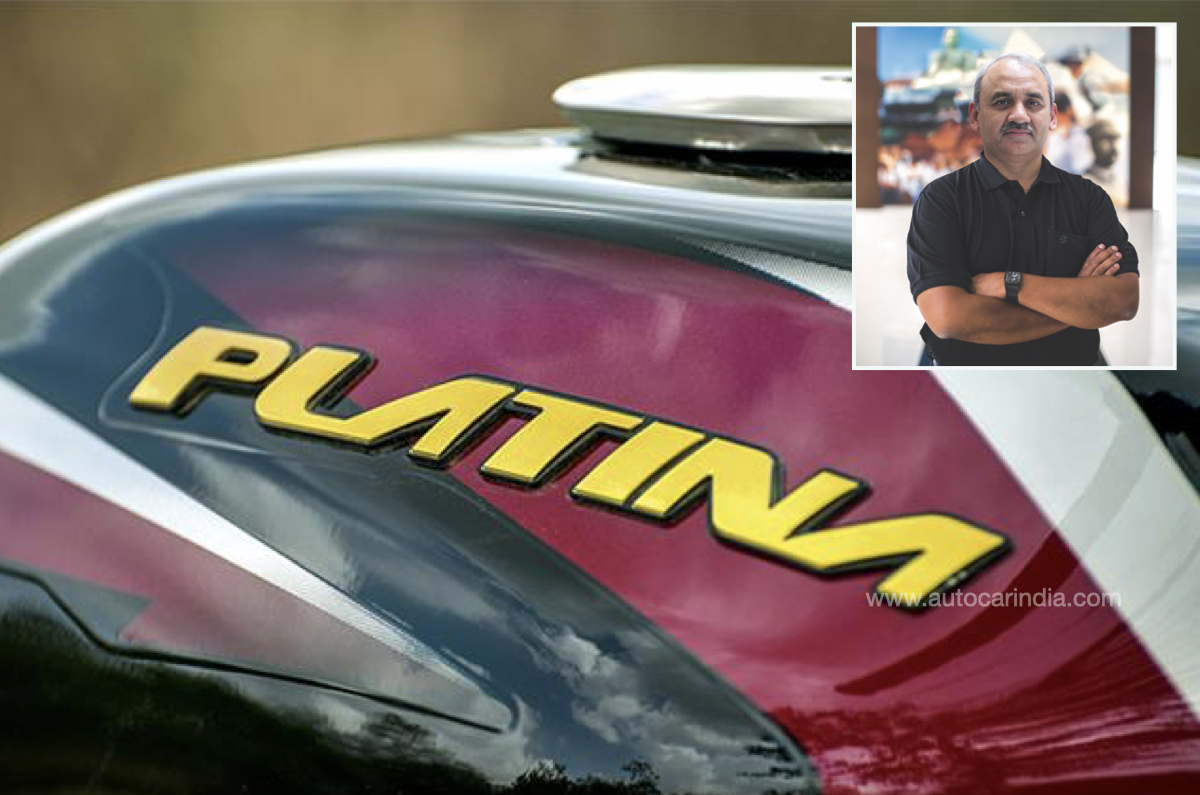Bajaj Auto's Rakesh Sharma talks about CNG in two wheelers and more

Bajaj Auto’s the country’s largest three wheeler maker – which has mastered the CNG powertrain in the last mile space, plans to leverage multiple alternative powertrains to address the cost challenge faced by the customers and emission challenge faced by the country.
In an interview with our sister publication, Autocar Professional – Rakesh Sharma, ED of Bajaj Auto speaks about the virtues of Compressed Natural Gas and how it can be further democratized and how the government can help in promoting this cleaner fuel.
In your assessment, how do you see CNG as an alternative in the coming decade, what are the prospects and challenges in expansion of CNG as a critical bridge towards zero emission?
Foremost while CNG is a cleaner fuel than diesel because of negligible particulate matter emission, it is not a zero-emission fuel. Most likely the country’s progress towards lower emission fuels, self-dependency and reduction in forex outflow will be driven by a combination of options like CNG, CBG, Ethanol blending and EVs. To that extent we are fortunate as a country to have all these options open to us. However, each one of those options requires long range thinking, co-option of users and the building of an Ecosystem. For example, in CNG it is not just about pumps but also about a much bigger network of certifying agencies to ensure high safety standards.
What is your view on the government's role in popularizing CNG as an alternative and what steps should the government take in accelerating CNG vehicle penetration?
Indeed, the Government of India through the MoPNG has played a pivotal role over the decades to develop CNG as a credible option for multiple uses including transportation. CNG pumps and sub-stations have come up with remarkable speed and have been instrumental in shifting users from diesel to CNG. Almost 5,000 pumps now cover 47 percent of our districts and the Government of India has a stated objective of doubling this network which will make CNG very widely available.
What is your assessment on penetration of CNG fuel in the two-wheeler, three-wheeler, quadricycle segment in the coming decade?
Currently almost 60 percent of ICE 3Ws are CNG powered. Both Quadricycles and 2Ws can also be powered by CNG. As the CNG network expands and CNG becomes easily as well as widely available, more and more vehicles can shift to CNG. OEMs like us will also get encouraged to develop all types of vehicles which use CNG as a fuel. This becomes a unique opportunity where all stakeholders, the Govt, the consumers, the society at large and the OEMs all stand to win!
Therefore, a strong case can be made for reduction of GST for CNG based vehicles, this will hasten adoption and the development of newer vehicles as well as use cases.
Can you share your view on the customer behaviors' in each of the segments and how can customers find value in CNG as an alternative?
Consumer behaviour is driven by economic reasons. CNG offers at least 10 percent better operating efficiency than diesel besides being a cleaner fuel. For commercial users this operating advantage is sizable and that is why we see a wholesale shift from diesel to CNG wherever the network is put in place.
What is Bajaj Auto's aspiration to grow in this critical bridge for the future?
We have been closely aligned to this infrastructure development and over the years have invested in building very good 3W products based on CNG. These have been received very well by customers rewarding us with an 80 percent or so market share of the CNG segment in 3Ws. Looking at the Govt.’s commitment to expand usage of CNG we are developing other vehicle options too. We intend to remain in the forefront of this development.
from Autocar India https://ift.tt/wRKhkCu
Comments
Post a Comment